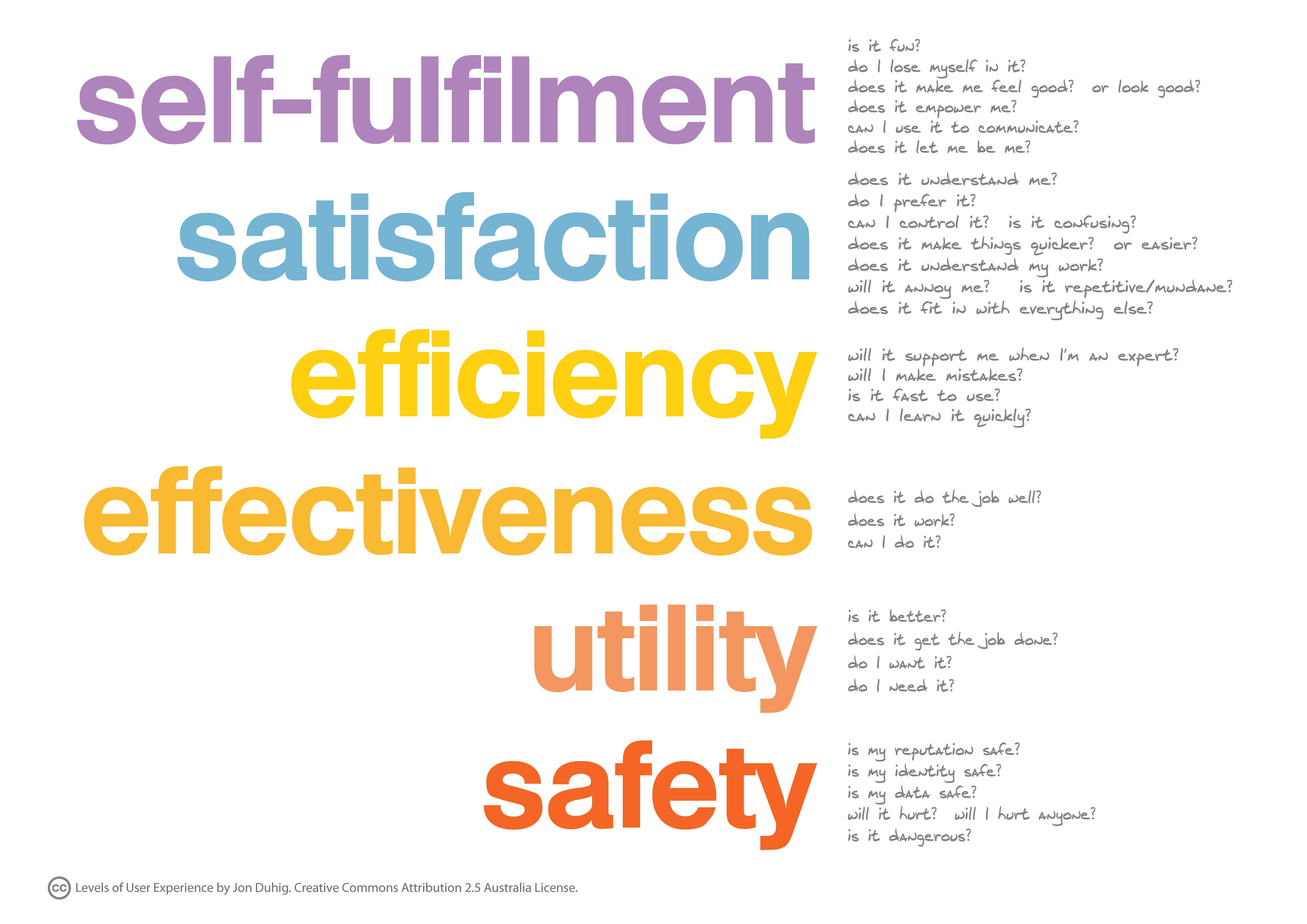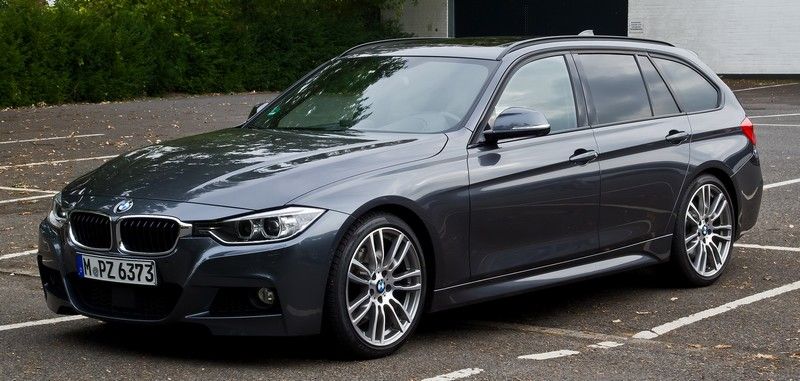The question of what usability is compared to desirability comes up a lot in UX design and it’s important to be able to distinguish the two. Why? Because usability is the base level of the user experience and without usability it is difficult to create a worthwhile user experience; however, without desirability it is unlikely that the user experience will leave a lasting mark on the user and the UX may not be memorable or recommendable to others.
There are four simple levels of User Experience as defined by the Nielsen Norman Group Conference in Amsterdam in 2008. They are:
- Utility
- Usability
- Desirability
- Brand Experience
The two levels which the user experience designer has most control over are usability and desirability. But first let’s take a look at each level in turn before examining why the difference between usability and desirability matters.
1. Utility
The very first step of the user experience is utility. The questions that must be answered for a product to have utility are:
- Is the product useful to the user? Does it have a purpose that the user accepts? (In short the product must not be a solution in search of a problem but rather one that solves an established problem the user is looking to solve).
- Does the product meet the needs of the user? (A product can solve a problem but still not be of any value unless it meets the user’s requirements in other areas – such as cost or size).
Without utility it’s pretty clear that there is no user experience. A potential user who does not see a product as any value to them or does not perceive that product to meet their needs is not going to become a user in the first place.

Author/Copyright holder: Jon Duhig. Copyright terms and licence: CC BY 2.0
2. Usability
Usability is the next step up the user experience ladder. It answers the question (positively):
- Is the product easy and intuitive to use? (Many a great idea has failed when translated into a product by falling at this hurdle – a user only has so much time, if they can’t quickly get to grips with using a product – they will abandon it and move on).
- Does the user like the way that this product looks and feels?
- Does the user want this product more than similar products
Usability was often mistaken for the user experience until fairly recently. The assumption, that a product which solved a problem (e.g. it had utility) and was easy to use (e.g. it had usability) was enough for users, was a sensible idea but it turns out that this is not enough. The user expects more from a user experience and products that go beyond the usability phase are those that compete best in their market place. Apple’s iPod, for example, was not the first MP3 player. It may have had slight usability advantages over existing products but these advantages were not sufficient to propel the iPod to a world-changing market leading product; it was moving up the value chain of user experience that enabled that.
3. Desirability
Which brings us to desirability. There are some big questions associated with this level of the user experience:
In any category of product, there are many competitors. Assuming that the market for the product is established; it’s likely that almost all products within the marketplace pass both the utility and usability tests. It is the desirability of the product which separates market leaders from the pack.
It is also desirability which commands a premium in market places. Think about cars, for example, a Skoda and a BMW may both have utility and be usable but there’s a significant difference in their desirability by users.
Desirability enables the user experience designer to add “cachet” to a product which would otherwise be lost in amongst other similar products in terms of utility and usability.

Author/Copyright holder: M 93. Copyright terms and licence: CC BY-SA 3.0
4. Brand Experience
Brand experience is, to a large extent, outside of the user experience designer’s control. However, brand experience is intimately connected to the desirability of products and it might even be argued that it is not separate from desirability. Brand experience answers the question:
- Does the user feel good about the product and the company/brand that makes it?
This may explain why Microsoft has had such a hard time breaking in to the hardware market an area in which Apple, for example, excels. Windows may be the dominant operating system on the desktop but it would be hard to argue that Windows users feel good about that. Whereas Apple users do, and are highly vocal about, feel good about the operating systems of our their devices.
Apple’s brand increases the desirability of their physical products – the company has a great reputation for flawless design (there are, of course, plenty of arguments to suggest that this reputation is not always deserved but the reputation remains nonetheless). Microsoft’s reputation for Windows products is less salubrious – not because Windows products don’t work but for every great release (Windows XP, or Windows NT) there’s a poor one to contend with (Windows 7 or Windows ME).

Author/Copyright holder: Soft 9000. Copyright terms and licence: CC BY 3.0
Usability vs Desirability
As UX designers, we have major influence over these two areas of the user experience. The key difference between the two is that usability is a minimum requirement – there is no user experience without usability. Desirability changes a product from usable into something that a user wants to use.
It is important in today’s always connected world, to consider mobile when measuring usability and desirability. While many of the ways we examine mobile products are the same as the way we examine desktop products – mobile products should be examined for usability and desirability in context of their use. (E.g. where and when and how will a mobile product be used?) This is more important on mobile because desktop products tended to be used in fixed places – mobile can be used anywhere.
The Take Away
Usability is the bare minimum requirement of delivering a decent user experience. Desirability is what separates a great product from an average one – it focuses not just on ease of use but the idea that a user can want to use a product in preference to another. Utility, is an essential but one to be considered before design commences. Brand experience is something likely to be outside of the user experience team’s control and to lay more within marketing’s purview.
References
A good examination of desirability with the UX context can be found here – http://definedesirability.tumblr.com/post/76836338838/usability-vs-user-experience-ux
You can discover the key differences between usability and UX here – http://usabilitygeek.com/the-difference-between-usability-and-user-experience/
This presentation looks at how you bridge the gap between usability and desirability – http://www.slideshare.net/smercer0114/beyond-just-usability-desirability-and-usefulness-testing
Hero Image: Author/Copyright holder: Denlinkbarmann. Copyright terms and licence: CC BY-ND 2.0

